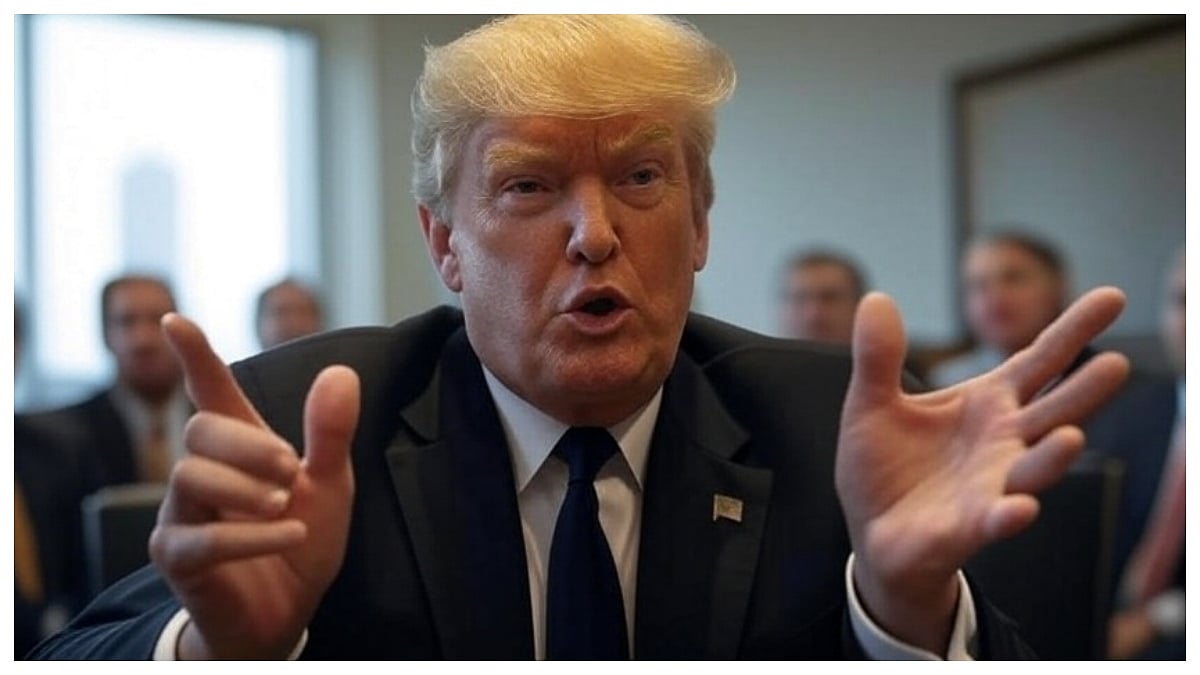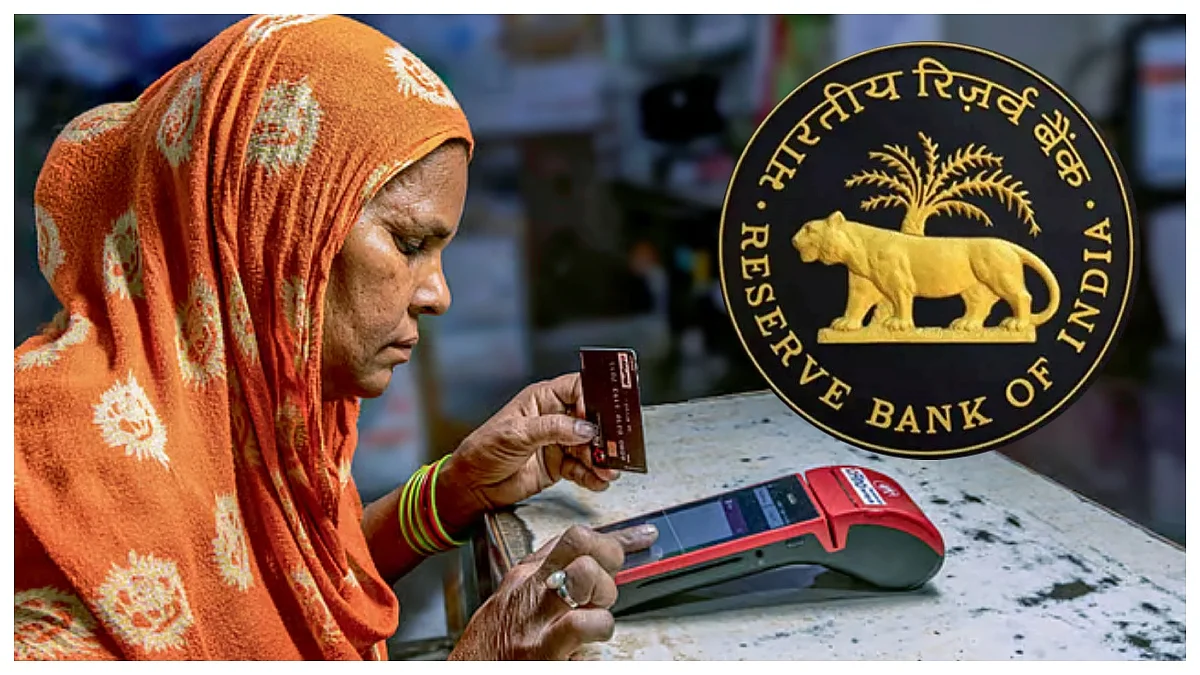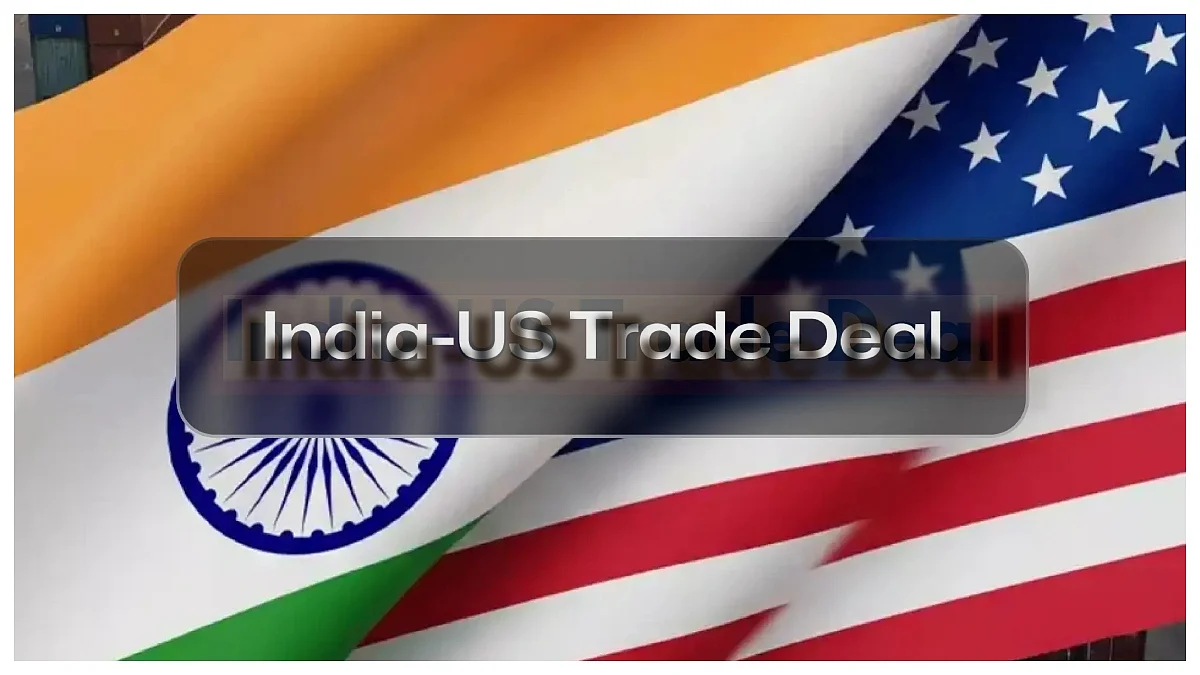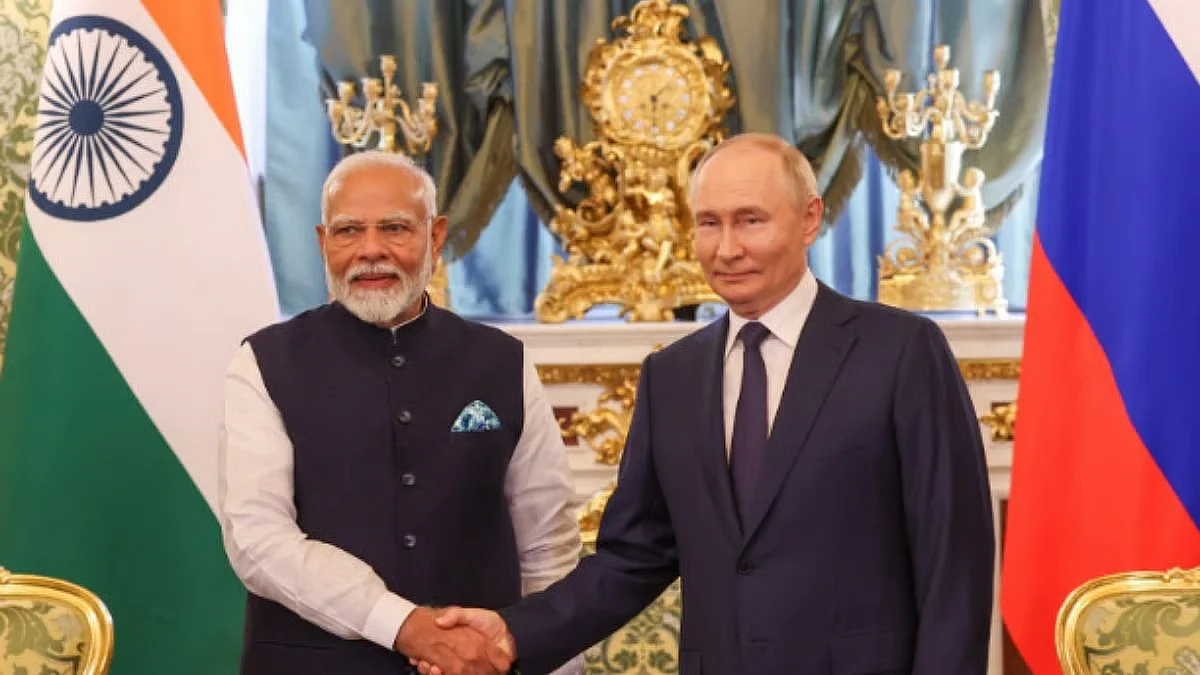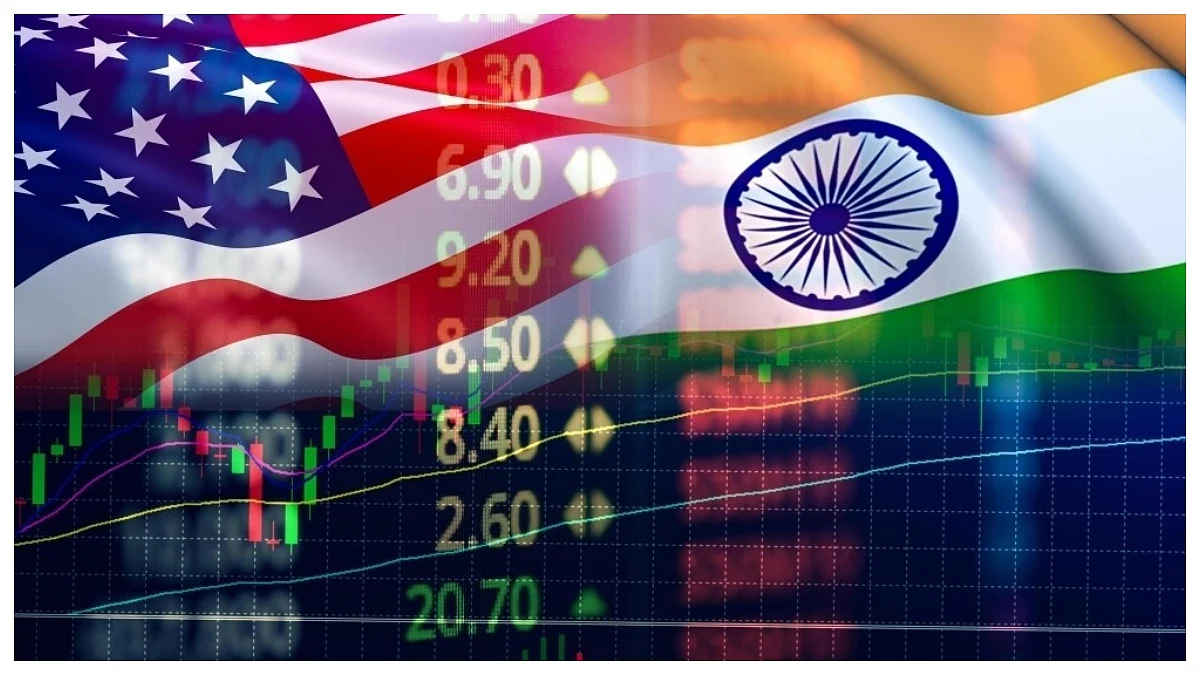Key Highlights:
- US tariffs on Indian goods now reach up to 50 percent, highest among key trade partners.
- Shrimp, textiles, jewellery, and machinery among sectors hardest hit by new duties.
- Exporters warn of steep losses and drop in competitiveness against rivals like Vietnam and Bangladesh.
New Delhi: The United States has sharply increased import duties on Indian goods over the last 10 months. Starting from labeling India the "Tariff King" in 2019, President Trump has now raised tariffs to as high as 50 percent, especially after India’s continued purchase of Russian oil.
Experts say these actions are part of pressure tactics to push India into signing a Bilateral Trade Agreement (BTA) on U.S. terms.

Timeline of Tariff Hikes
Oct 2019: Trump calls India "Tariff King"
Sep 2024: Labels India "tariff abuser"
Apr 2, 2025: 26 percent import duty announced
Apr 5, 2025: Executive order sets 10 percent base tariff + 16 percent for India (starting Apr 9)
Apr–July: India-specific rates paused twice, but base tariff continues
July 30, 2025: 25 percent tariff announced with penalty for buying Russian oil
Aug 6, 2025: Another 25 percent duty added—total reaches 50 percent on Indian goods
What is the Current Tariff Structure?
As of August 7, 2025, Indian exports to the U.S. face:
25 percent duty (10 percent base + 15 percent India-specific)
+ any existing trade remedy duties
From August 27: Extra 25 percent for Russian oil ties, taking total to 50 percent
Example:
India’s shrimp exports will face 58.26 percent total duty (25 percent base + 25 percent penalty + anti-dumping and subsidy duties).
Sectors Facing the Hardest Hit
Indian sectors badly affected by the high tariffs include:
- Shrimp (Rs 2 billion exports)
- Textiles and clothing (Rs 8.4 billion combined)
- Jewellery & gems (Rs 10 billion)
- Machinery & appliances (Rs 7.7 billion)
Furniture, chemicals, vehicles, and carpets
Exporters say these high duties will make Indian goods more expensive, causing a major drop in sales to the US.
Who is Exempted?
Some categories are not affected by the 50 percent tariff:
- Pharmaceuticals (including APIs and finished drugs)
- Energy products (like oil, gas, coal)
- Electronics and semiconductors (phones, laptops, displays, chips)
- Critical minerals
India at a Disadvantage Compared to Rivals
India now faces the highest tariff rate in the U.S. market along with Brazil (50 percent ). In comparison, competitors face lower duties:
Vietnam, Philippines – 20 percent
Malaysia – 25 percent
China, Sri Lanka – 30 percent
Bangladesh – 35 percent
This puts Indian goods at a clear pricing disadvantage in the US.
What Exporters Are Saying?
FIEO: Shocked, 55 percent of exports will be hit
CITI: Huge setback for textiles
Kama Jewellery: Severe blow to exports
GTRI: Could cut Indian exports to the US by 40–50 percent
